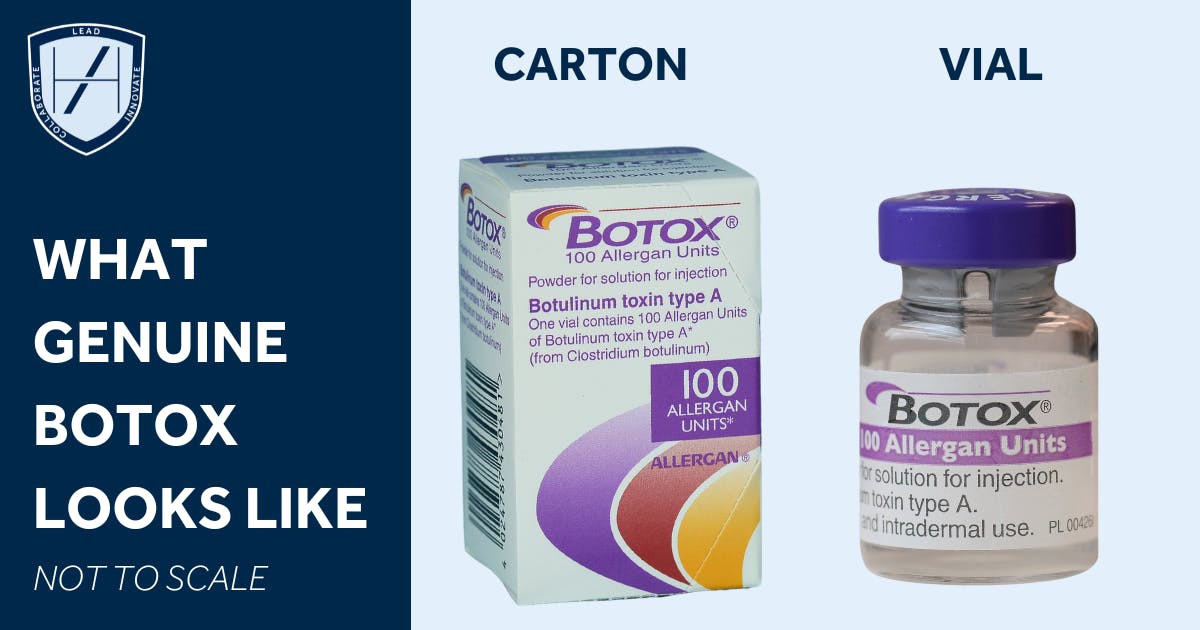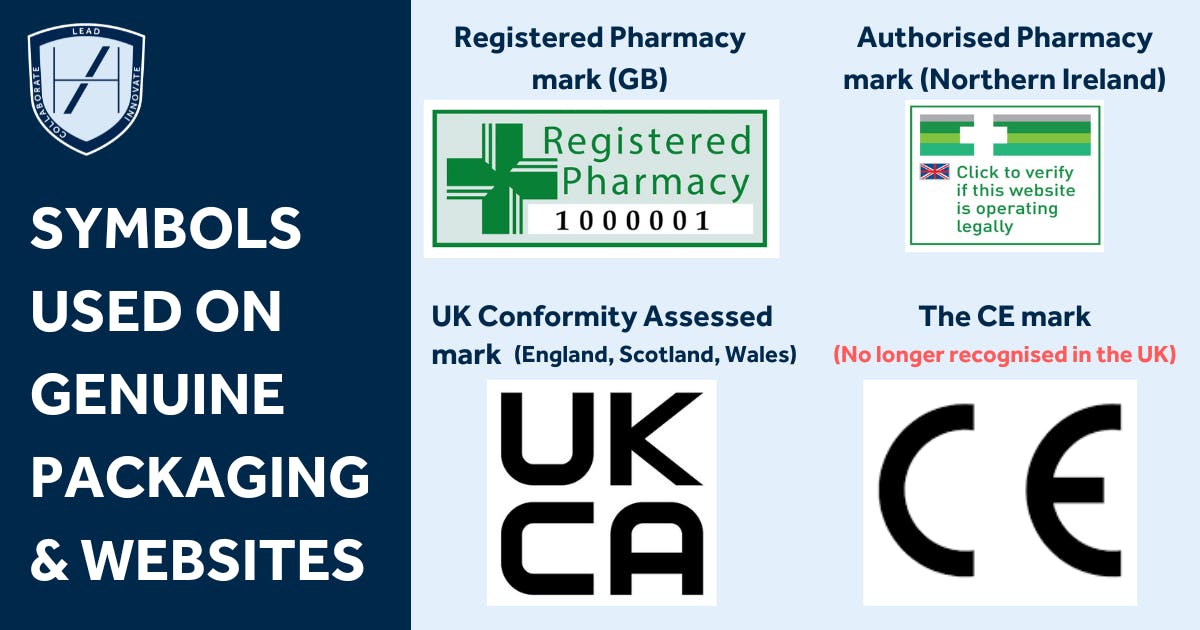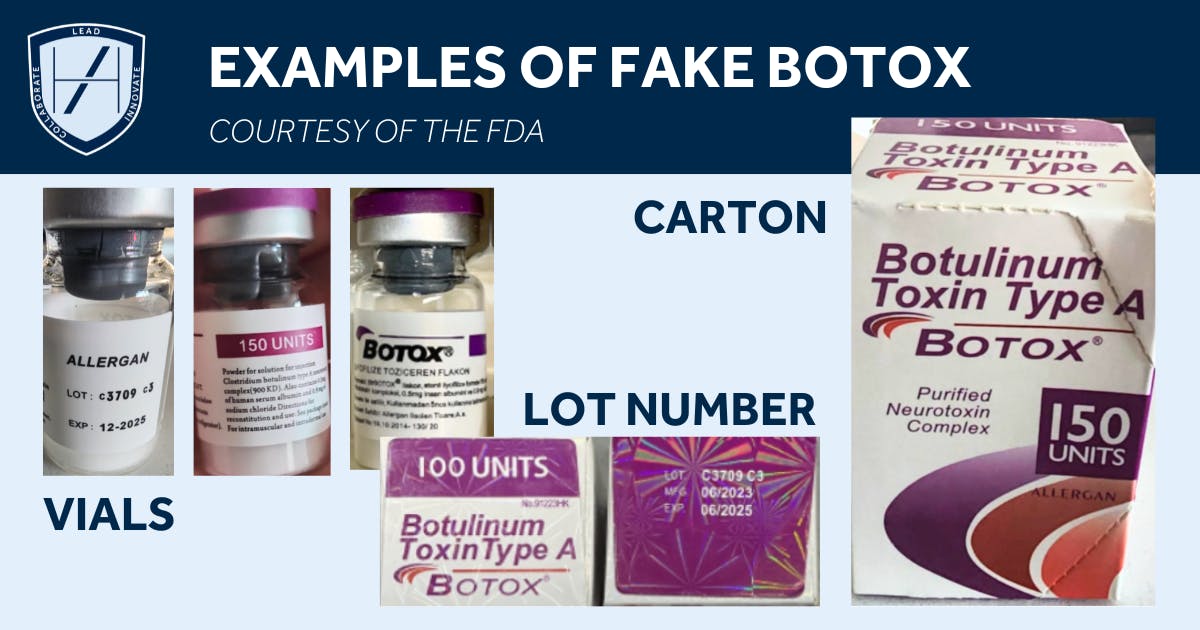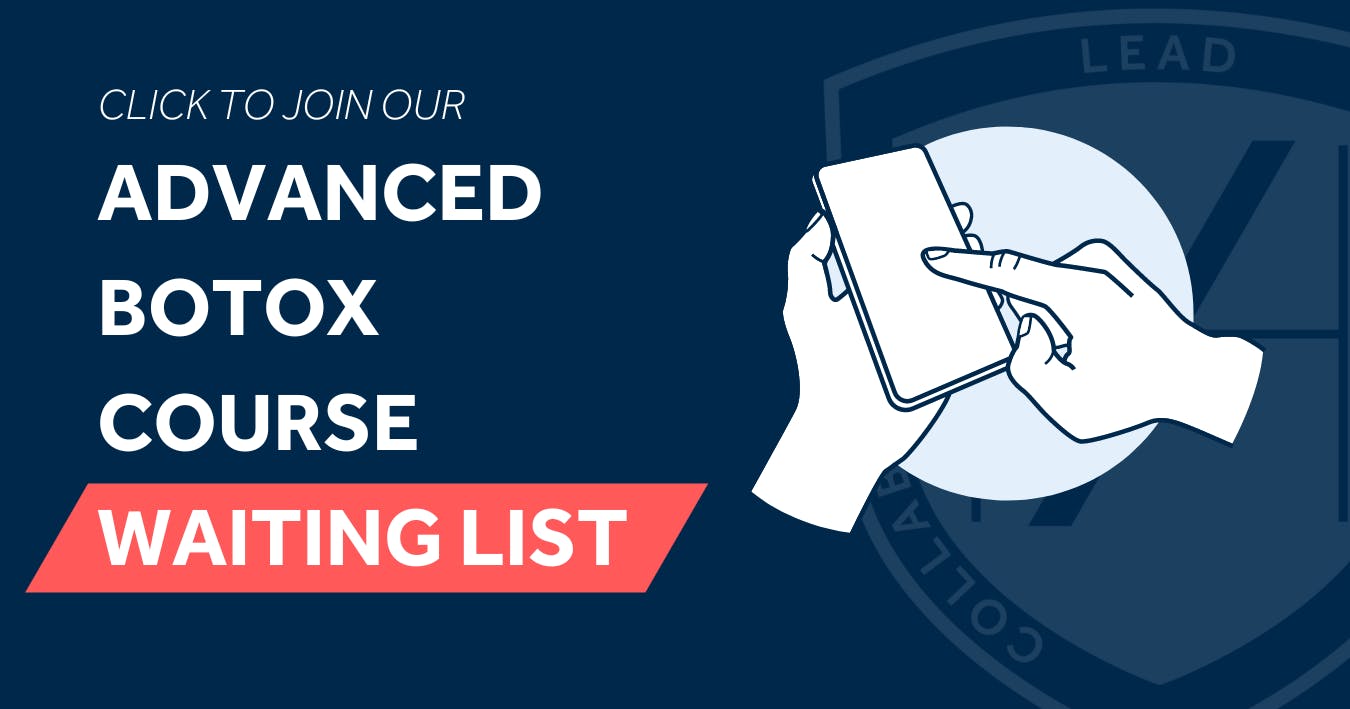How to Spot Fake Botox Products - Advice for Aesthetic Practitioners

Do you know how to spot fake Botox products? Learn what to look out for with our latest advice for aesthetics practitioners.
Counterfeit Botox has become a serious issue of late. In April 2024, the United States of America’s federal regulator, the Food & Drug Administration (FDA) issued a warning.
This followed various adverse reactions in patients who’d been injected with fake neurotoxin, sold as Botox, across nine different states. They reportedly developed signs of botulism, including difficulty breathing, swallowing and double vision.
The majority of the reported USA cases are related to cosmetic use of fake Botox. Others were for its ‘medical’ use, including ‘trap tox’ and hyperhidrosis treatment. No cases involved the authentic AbbVie products.
Previously, the FDA’s UK counterpart, the Medicines & Healthcare Regulation Authority (MHRA) has also expressed concerns about ‘black market’ medications. This involved not just counterfeit medicines but also genuine products that had expired.
Here we report on how to spot fake Botox products and what the real neurotoxin packaging looks like.

An example of authentic Botox packaging
What genuine Botox packaging looks like
Genuine Botox is available in 50, 100 and 200 unit vials. Both FDA-approved Botox products display the active ingredient as “OnabotulinumtoxinA” on the outer carton and vial.
The FDA advises that the product description on the outer carton of real Botox products is one of the following:
- “BOTOX® COSMETIC / onabotulinumtoxinA / for injection”
- “OnabotulinumtoxinA / BOTOX® / for injection”.
The Botox manufacturer is identified on authentic outer carton packaging as one of the following:
- “Allergan Aesthetics / An AbbVie Company”
- “Allergan”
- “abbvie”.
You can see a photo of what real Botox looks like - including the packaging - in our image above. This should help you to get a good idea of the colours and quality to expect from genuine Botox products.
Harley Academy trainees will become familiar with genuine Botox products during their aesthetics training courses.
What counterfeit Botox packaging looks like
There are four clear differences between real and counterfeit Botox that have been reported to the FDA.
- Instead of “OnabotulinumtoxinA”, the packaging states “Botulinum Toxin Type A”
- The outer carton and vial state 150-unit doses - this is not a unit made by AbbVie or Allergan
- Packaging features a non-English language
- The fake Botox cases reported in the USA involved the lot number C3709C3 printed on the external packaging and the toxin vial

How to spot fake medicinal products and ‘dodgy websites’
The MHRA further advises on the following ways to spot fake medicinal products. This information comes from its 2018 #FakeMeds campaign to raise awareness about ‘black market’ medicine.
Not only does this information cover how to spot counterfeit medications. It also relates to unsafe genuine products and how to spot the ‘dodgy websites’ that sell them.
1. Look for registered seller marks on the packaging
We’ve included some examples of what to look for above. The MHRA advises that these “should be displayed on their website and products or their names on the registration lists”
The three key marks are:
- Registered pharmacy mark - the MHRA notes that this “shows the website is affiliated with a pharmacy registered with the General Pharmaceutical Council in Great Britain. Using the mark is voluntary. The full list of registered pharmacies can be found on the council website. Check for a registered pharmacy in Great Britain”
- Authorised seller logo for Northern Ireland - this denotes “the website is authorised to sell medicines online in Northern Ireland (updated information 1 January 2021). Check for a registered online seller in Northern Ireland”
- The UKCA (UK Conformity Assessed) mark- this UK product approval marking has been “used for products placed on the market in Great Britain (England, Wales and Scotland) from 1 January 2021. It covers most goods which previously required the CE marking.”
This older registration mark - the CE mark - is one you should be aware of. It’s applied to approved medical devices - dermal fillers, for example - but ceased being recognised by the UK after 30 June 2023. This was as a result of Brexit as it indicates that it was approved within the European Economic Area (EEA).
2. Check the product’s expiry date
As the MHRA advises, “Medicines that have passed their expiry date or don’t have one won’t provide reliable results.”

3. Bad packaging can indicate a fake or expired product
Scrutinising the appearance of your products can pay off when trying to spot anything suspicious.
The MHRA notes, “Medicines with a homemade appearance or ones that are open or damaged should be avoided.”
Consider the following when evaluating whether a product is genuine or not:
- Is the carton or label of poor quality? Check the quality of the look and feel of the packaging
- Are the fonts and/or colours off compared to how they look usually or how they appear in official images online?
- Is it battered-looking or slightly wonky?
- Does the box and/or label look like a colour copy?
- Is the branding up-to-date?
- Is there a sticker on the box that shouldn’t be there? If so, what’s it covering?
- Does the product appear genuine but also old? For example, is the packaging discoloured? Sun bleaching can be a sign of improper storage of the product, rendering it potentially unsafe.
4. How to spot dubious websites selling aesthetic medicine products
Scammers are becoming increasingly sophisticated so it can be hard to spot a dodgy website at first. Here are some tips from the MHRA to help you determine authentic, reputable online retailers for your aesthetic medicine products.
- Check the URL - “legitimate websites will not use product names as their domain names”
- No eye for detail - “Poor design, pop-up ads, spelling and grammatical errors, no physical address, exaggerated claims like ‘100% safe, no side effects or quick results’ are all indicators that the website may not be legitimate”
- Illegal advertising - “Advertising prescription only medicines with costs displayed on the ‘home page’ is not legal in the UK. Combine this with the fact no prescription is required puts the website firmly in the high-risk area”
- Payment methods include Crypto - “Cryptocurrencies may also indicate the website is not operating legitimately.”
The MHRA also highlights post-transaction red flags, which include being instructed to use completely unrelated references for your order and to avoid using the product or brand name.
Also, check the email address they’re contacting you from - does it appear genuine? Does the format of the email follow the format of the website URL? For example, if the website name was definitelygenuinemeds.co.uk, is the email address something along the lines of customer.service@definitelygenuinemeds.co.uk?
5. Is the price too good to be true?
Price is always a good indicator of quality and authenticity, too. You’ll find reputable aesthetic medicine companies all sell Botox for a similar price.
Bootleggers and those selling expired products or medications that are unlicensed within the UK often offer suspiciously low prices. They may also have an incentive such as next day delivery alongside their low prices, to compel you to purchase.
Being an ethical aesthetic practitioner can cost more but it’s a safer, more responsible path. It’s also one that your patients pay a premium for to assure them they’re in safe hands. This includes using high-quality, authentic products.
How can you confirm if a suspicious product is real or not?
If you’ve completed the checks above and still aren’t confident that the product is genuine, there are three steps you can take.
Firstly, you can check the manufacturer or brand’s official website for images of genuine products to compare against.
Secondly, send clear photographs of the products to the manufacturer along with details of the lot number and where you purchased it from. You can ask them to verify the product and if that retailer is an authorised vendor.
Failing that - or to double-check - send your aesthetics network images of any concerning packaging so they can feedback. You can always post about these types of queries on online forums such as Comma - the global online Community for Medical Aesthetics - for advice.
Report suspected counterfeit products to the MHRA
The MHRA’s Yellow Card scheme exists to flag safety concerns in the UK. It can be used by medical professionals as well as members of the public.
“Report suspected side effects to medicines, vaccines, e-cigarettes, medical device incidents, defective or falsified (fake) products to the Medicines and Healthcare products Regulatory Agency to ensure safe and effective use,” states the initial webpage.
However, the Yellow Card scheme isn’t just for reporting side effects.
This easy-to-use online service also allows you to flag concerns regarding medications or medical devices you suspect may be fake.
What to do if you’re worried you’ve placed an order for fake Botox
If you placed an order and become suspicious that the product may be fake, your first port of call is the company you bought from. Reach out to them - if you call them, always follow up in writing, too. However, you may find there are no direct contact details available, or you get no response from those listed.
Should you decide you’ve been scammed, email the company to confirm you want to cancel your order.
Immediately contact your bank or credit card company, next. Have them put a stop on the transaction or initiate a chargeback, if possible.
By reporting this as a scam, you may be able to get your money back, as long as you act quickly. Check with your payment providers as to what their individual rules are relating to these scenarios. Ask them for details of their timelines for chargebacks and reporting fraudulent transactions.
How to avoid purchasing fake Botox products
The easiest way to ensure you’re purchasing authentic Botox products, or other aesthetic medicine supplies, is to purchase from a reputable source.
These include:
- The Providers’ > Resources section of the Allergan Aesthetics UK website for genuine Botox products
- Recognised pharmacies or pharmaceutical distributors, including Healthxchange and Church Pharmacy.
We hope you found this information useful. Have you encountered suspicious injectable products you thought might be fake? How did you deal with the situation? Let us know in the comments of our social media channels: Instagram, LinkedIn or Facebook.
All information correct at the time of publication
Download our full prospectus
Browse all our injectables, dermal fillers and cosmetic dermatology courses in one document
By submitting this form, you agree to receive marketing about our products, events, promotions and exclusive content. Consent is not a condition of purchase, and no purchase is necessary. Message frequency varies. View our Privacy Policy and Terms & Conditions
Attend our FREE open evening
If you're not sure which course is right for you, let us help
Join us online or in-person at our free open evening to learn more
Our Partners












STAY INFORMED
Sign up to receive industry news, careers advice, special offers and information on Harley Academy courses and services


